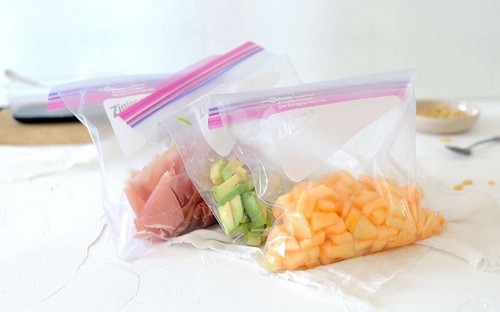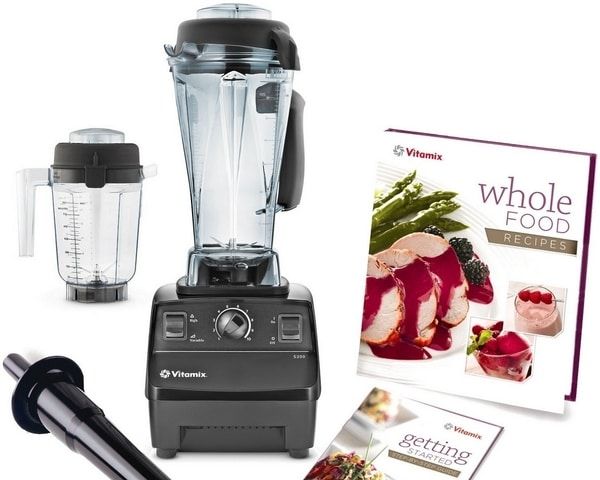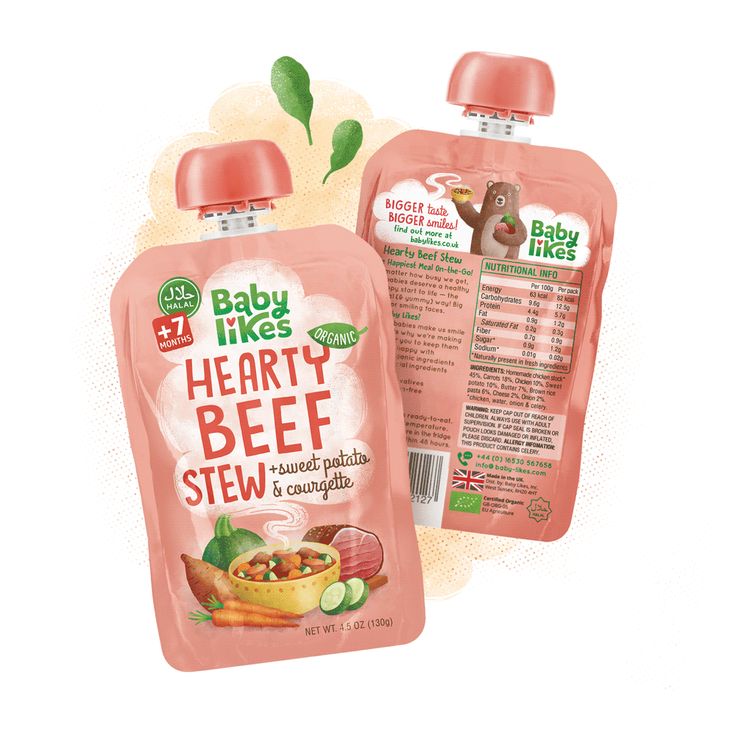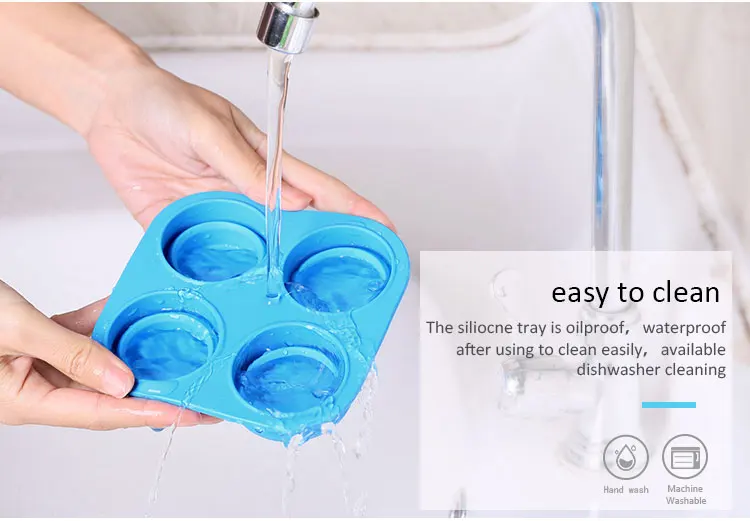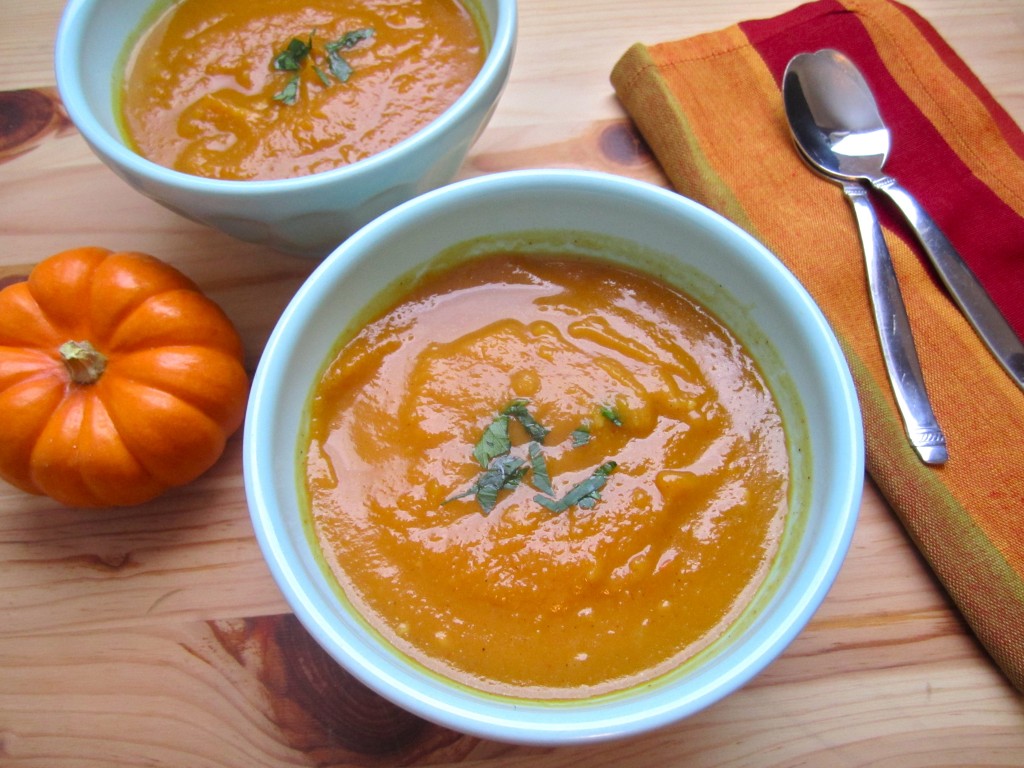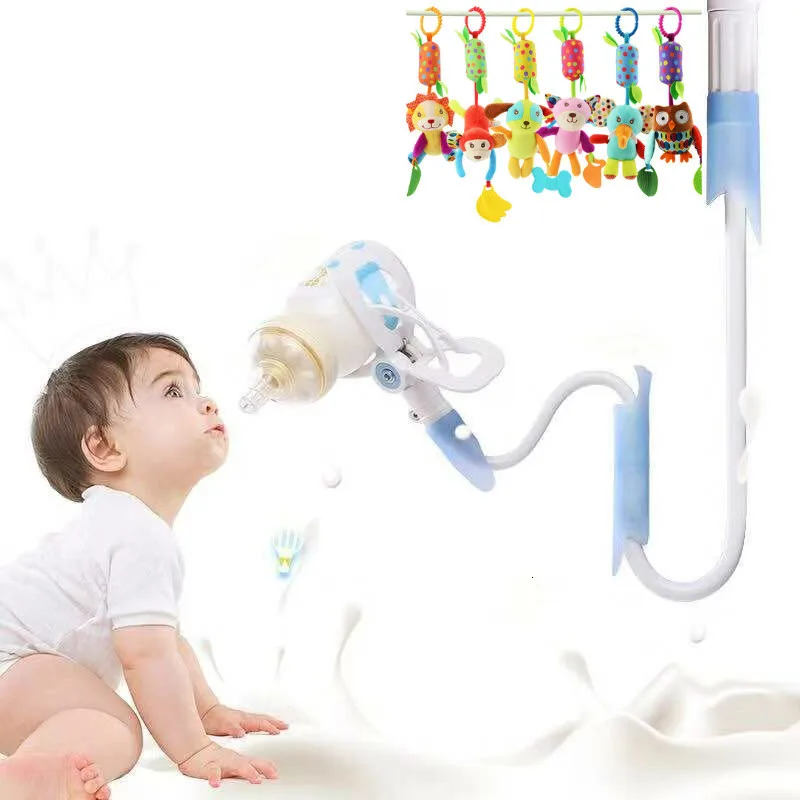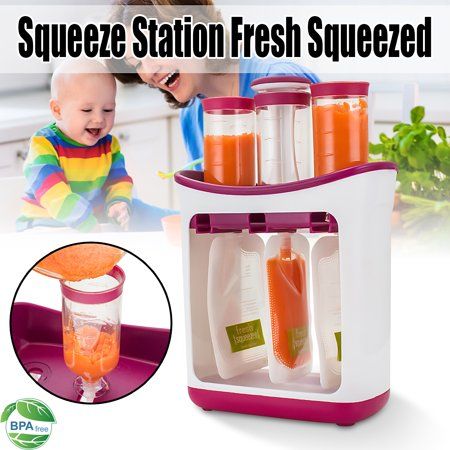Can you freeze baby food in ziploc bags
The Best Homemade Baby Food Containers
Transitioning your little one to baby food is one of the most memorable experiences of becoming a new parent! There are a wide variety of benefits to making your own baby food, such as increased nutrition, fresher flavors, saved money and time, and more control over the ingredients and textures.
While parents should take notice of what is inside of their baby’s food, it is important to pay attention to how their purees are stored as well. Fortunately, there are some great ways to store your homemade baby food, to keep it fresh and long-lasting! It is particularly important to choose your baby food containers wisely.
Here are a few of our favorite homemade baby food containers:
Ice Cube Trays and Freezer Bags“Wait - Ice cube trays and freezer bags?! Can it really be that simple?” The answer is YES! You don’t have to use anything fancy, as ice cube trays and plastic storage bags (like Ziploc) can do the trick! This is perhaps one of the best and most convenient ways to store homemade baby food in the freezer.
Just freeze your homemade baby food in ice cube trays covered in plastic wrap, and then pop them out into freezer Ziploc bags once frozen. Be sure to label with the type of food and the date it was made. For optimal quality and nutrient retention, it is suggested to keep frozen baby food cubes in the freezer for a maximum of 3 months. However, baby food cubes are safe to remain in the freezer for up to 6 months.
This method is ideal because every ice cube sized frozen baby food puree is approximately one ounce, which helps you measure how much food your baby is actually eating! You can also defrost one cube at a time, which creates less waste than traditional baby-feeding methods.
Glass JarsIf you are choosing to store your homemade baby food in the refrigerator for a short amount of time, you can use small, glass canning jars (sometimes referred to as little mason jars)! However, if you prefer to freeze your baby food for a longer shelf life, it is important to purchase only freezer-safe glass jars, to avoid cracks and breaks!
PouchesIf you love the convenience of store-bought baby food pouches but choose to make your own baby food, the best storage option would be to make your own homemade baby food pouches! Fortunately, we offer a few products that can help.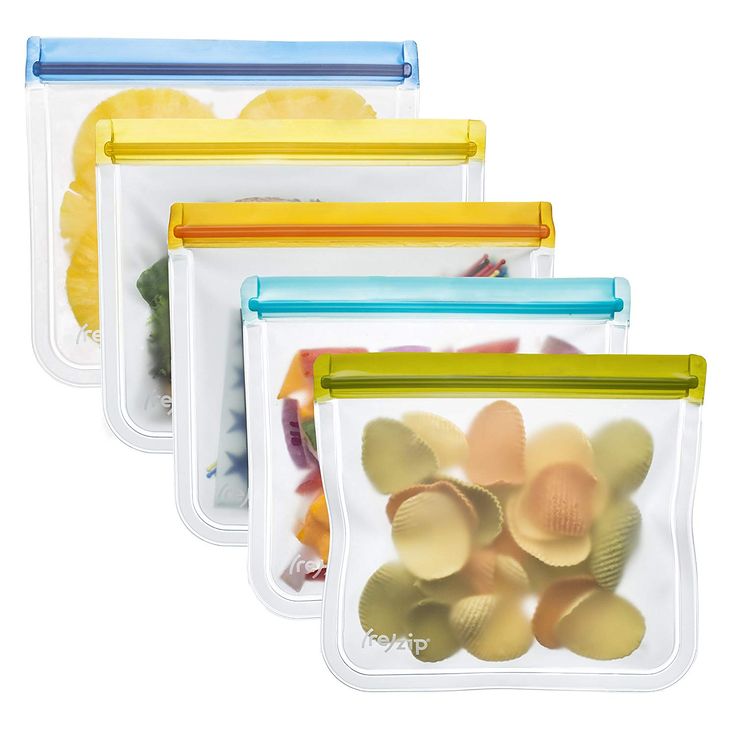
You can make and store your own convenient food pouches with the Infantino Squeeze Station. It's quick and easy! Just pour in the purée and press down to fill. The non-skid base stays secure on your counter and the soft press ensures a stable grip. Plus, the station is dishwasher safe, so clean up is simple!
The Squeeze Station is perfect for homemade baby food and smoothies, as well as store-bought applesauce, yogurt, and purées. Your little one can enjoy the pouches right way, or you can store them in the refrigerator or freezer for later. These are perfect for making on-the-go feeding a breeze! The Squeeze Station also includes 10 Squeeze Pouches™.
50-Pack Squeeze Pouches™You can also purchase more squeeze pouches in packs of 50! Use the Fresh Squeezed® refill pack of pouches with the Squeeze Station™ to create homemade food pouches. The pack includes 50 food-safe, disposable pouches, and 50 kid-safe caps. Each pouch holds up to 4 ounces of food and features a transparent window to see the food inside. The rear window also has a space to write dates, name, and the food type. All of the pouches are freezer safe and BPA, PVC, and phthalate free!
Each pouch holds up to 4 ounces of food and features a transparent window to see the food inside. The rear window also has a space to write dates, name, and the food type. All of the pouches are freezer safe and BPA, PVC, and phthalate free!
This environmentally friendly, reusable food pouch can be used with homemade purees, smoothies, applesauce, yogurt and more. Use the screw top to pour in your child’s favorite snack. Perfect for The secure, screw top prevents leaks and messes. Plus, the Reusable Squeeze Pouch includes a handy clip for attaching to bags and strollers. This silicone pouch is easy to clean, dishwasher safe and BPA, PVC, and phthalate free.
Couple A Spoons™Finally, you can attach these convenient spoons to the Squeeze Pouch™ for an easy way to serve purees and smoothies to your baby at home or on the go. These spoons fit all of our pouches as well as standard-sized commercial food pouches. Plus, they come with a handy travel case to help keep them clean when you are out and about! Spoons are dishwasher safe and BPA, PVC, phthalate free.
Plus, they come with a handy travel case to help keep them clean when you are out and about! Spoons are dishwasher safe and BPA, PVC, phthalate free.
Tips on Freezing and Best Containers
Learn the secrets to storing and freezing homemade baby food for ultimate freshness—AND the best baby food storage containers to use to ensure that you never waste what you make!
Baby Food Storage
Going through the effort to make homemade baby food really only works if you have a good plan for how to store the food to ensure that it stays fresh and that baby has plenty of opportunities to enjoy it. After making a LOT of baby food for my third kiddo to send with him to daycare, I got into a good routine of making and storing baby food—both in the fridge and freezer. Here’s how you can do it too.
TIP: You can find my favorite baby food recipes here.
Homemade Baby Food Storage: In the Fridge
You can store baby food in the fridge in airtight containers for up to 3 days.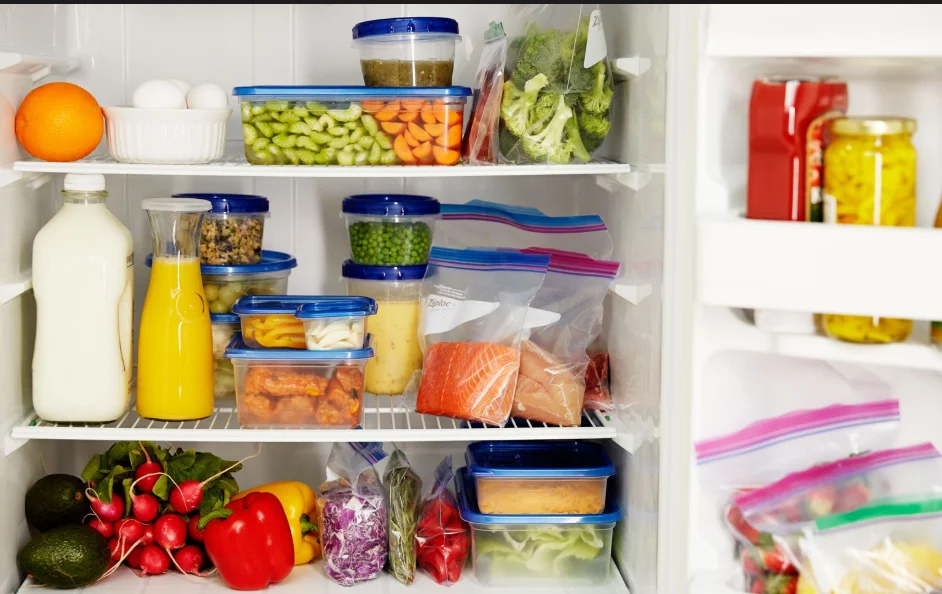 You can use masking tape and a Sharpie to label the containers with the contents and the date if you have a hard time keeping track of when you made something. (It’s definitely helpful to do that!)
You can use masking tape and a Sharpie to label the containers with the contents and the date if you have a hard time keeping track of when you made something. (It’s definitely helpful to do that!)
Best Baby Food Storage Containers
I have a four favorite baby food storage containers that I use regularly.
1. Wean Green Baby Food Cubes
These are small, incredibly durable, and made from glass. They’re easy to clean and last forever. (Seriously, I’ve been using the same set for 7 years and they’re still as good as new!) $19.99 for a set of 4
2. Easy Lunchboxes Mini Dippers
These small containers are a perfect size for 1-2 frozen baby food cubes and they’re my go to for packing food for a baby to take to daycare. They also nest nicely when stored in the cabinet. $7.95 for a set of 8
3. Beaba Food Storage Containers
I have two sets of these and I use them regularly for larger amounts of baby food (you could probably fit 4 cubes of frozen food) and for toddler snacks.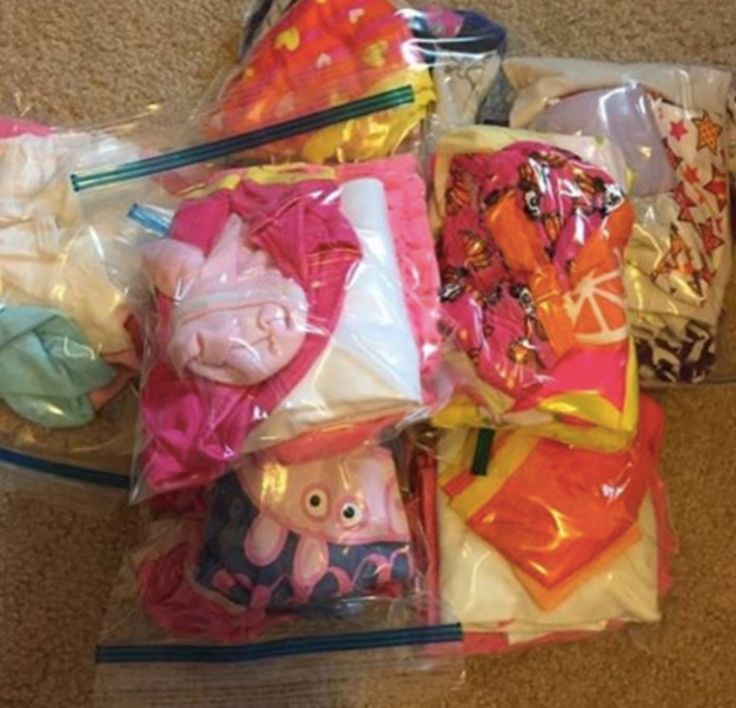 When assembled, they snap together, so they’re an easy way to stay organized. $14.95 for a set of 6
When assembled, they snap together, so they’re an easy way to stay organized. $14.95 for a set of 6
4. Oxo Tot Baby Food Blocks
This neat system is easy to keep contained in the fridge and is also made from a polypropylene body that is PVC, BPA, and phthalate free. They are dishwasher and microwave safe. $9.99 for a set of 6
Homemade Baby Food Storage: For Freezing
Storing homemade baby food in the freezer allows you to make a bigger batch at once, and then serve it to baby over the course of a few weeks or months.The easiest way is to use an ice cube tray, which has the added benefit of portioning out the baby food nicely.
TIP: Any ice cube tray will do. You can use silicone ice cube trays if you prefer a non-plastic option.
Baby Food Storage Without An Ice Cube Tray
If you don’t have an ice cube tray or you’d just rather not use one, you can place a predetermined amount of baby food into a pint-size freezer bag.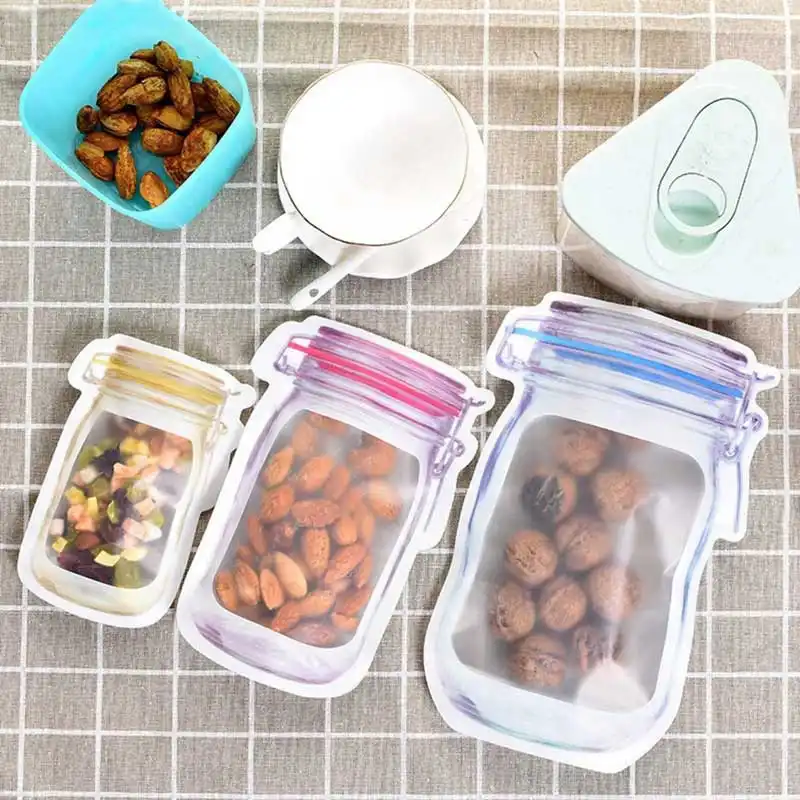 Remove as much air as possible, press flat, and seal. Place flat in the freezer to freeze. Then you can thaw the entire bag in the fridge overnight, or break off a portion of it to thaw.
Remove as much air as possible, press flat, and seal. Place flat in the freezer to freeze. Then you can thaw the entire bag in the fridge overnight, or break off a portion of it to thaw.
How to Store Baby Food in the Freezer Step by Step
- Place baby food into each compartment of the ice cube tray, or fill as many as you need to with the amount of baby food you have.
- Cover (if your ice cube tray has a cover) and freezer for 4-6 hours or overnight.
- Pop out frozen cubes and transfer to freezer storage bags. Label as desired with the type of baby food and the date.
- Store in the freezer for up to 3 months.
TIP: I like to have a bag of sweet fruit purees and more savory vegetable purees to avoid having too many separate bags in the freezer at any given time. Then you can combine them into baby food combinations easily!
How to Thaw Baby Food
To thaw baby food, simply remove a cube (or as many as you need) and place into airtight containers. Thaw overnight in the fridge and serve. 1 cube may be plenty for a baby aged 6-7 months and older babies may enjoy two cubes.
Thaw overnight in the fridge and serve. 1 cube may be plenty for a baby aged 6-7 months and older babies may enjoy two cubes.
Tips for the Best Baby Food Storage
- Keep fresh baby food in an airtight container for up to 3 days in the fridge.
- Use a regular ice cube tray to freeze, a silicone ice cube tray with a lid, or a small freezer bag with the contents pressed flat.
- Store frozen baby food in a freezer storage bag in the freezer for up to 3 months.
- To avoid freezer burn, try to remove as much air as possible from the storage bags.
- Label your bags with the contents and the date.
- To thaw baby food, simply remove a cube (or as many as you need) and place into airtight containers. Thaw overnight in the fridge.
- Use leftover baby food to flavor yogurt, baby oatmeal, baby rice cereal, smoothies, or cottage cheese.
- See some of my favorite Baby Food Pouch recipes here for more ideas on how to serve your baby food!
I’d love to hear your feedback if you have another storage technique or container that you love, so please comment below!
How to freeze baby food - Encyclopedia Baby food
Levchuk Victoria© Knowing how to freeze baby food, you can cook and store whole batches of homemade food for a child, because this is a real find for busy parents.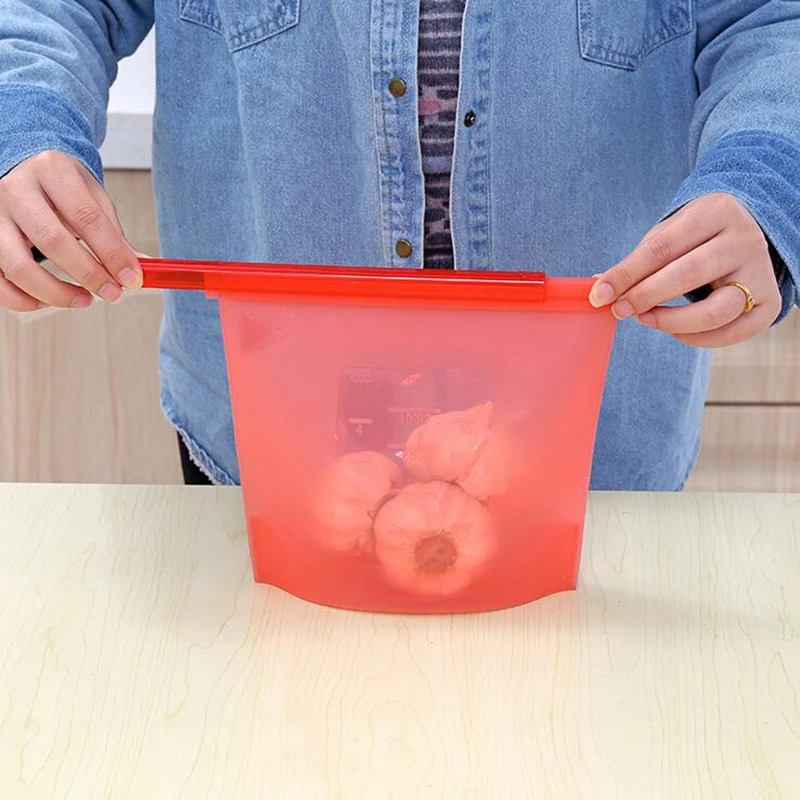
Table of Contents:
There are several ways to freeze baby food - they all work equally well - but may take up varying amounts of freezer space.
All ways …
…you should prepare homemade baby food and then refrigerate it as quickly as possible to prevent bacterial growth. Any food left at room temperature for more than two hours is not safe for a child to consume and should be thrown away.
To cool cooked food quickly, you can try putting it in a shallow container - you can even dip the container in a pot of cold water to help speed up the process.
How to freeze baby food - Method 1
Thoroughly clean the ice mold and the spoon that will be used in filling each section. An ice tin with a resealable lid is ideal as it protects food from frostbite or picking up any odors from the freezer. If there is no mold with a lid, you can cover with food-safe plastic wrap. Some people use foil, although we don't recommend it as some of the foil will remain in the food!
Place the filled ice cube tray in the freezer, and - once completely frozen - place them in ZIP bags that take up less space in the freezer.
This method produces small portions of baby food that are ideally sized - typically around 30 grams or so. One cube per meal may be enough for a child to start with, but as they grow, you may need to increase the number of cubes at a time or increase the ice cube tray.
You can also make many different flavors of baby food by mixing and matching different fruit and vegetable cubes, for example, the combination of cubed apple puree with cubed carrot puree, delicious!
Which ice mold should I choose?
Some ice cube trays are specifically made for baby food and do not contain potentially harmful chemicals - but you can use a regular ice cube tray, or you might be advised to try a silicone mold, or even stainless steel trays, although the regular plastic version will do. if there is confidence in the quality of the workmanship.
How to freeze baby food - Method 2
Same as method 1, since the process of freezing baby food is the same, only silicone cake molds are used instead of an ice mold! Their flexibility makes it easy to remove food portions - plus, of course, their use is beneficial when the baby starts to eat more baby food!
How to Freeze Baby Food - Method 3
If no suitable freezer containers are available for baby food, baking paper can be used (although a little more freezer space will be needed initially).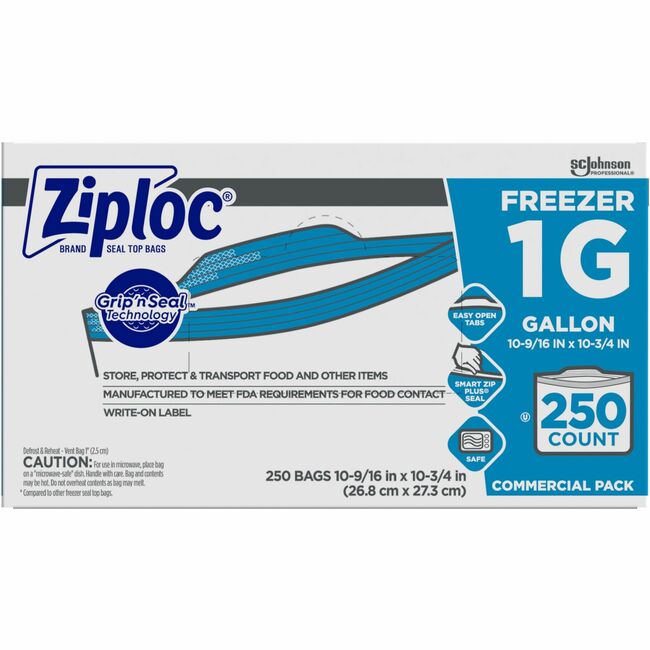
Simply spoon the cooked baby puree onto the baking sheet to form small mounds (though note that this will not work if the puree is too thin). We cover the baking paper with cling film, freeze, and then mix the servings of food into bags, as before.
How to Freeze Baby Food - Method 4
Another good way to freeze homemade baby food is to divide the puree into freezer-safe glass jars and place them in the freezer.
However, please note that you should never freeze baby food in glass jars unless the jar manufacturer has specifically stated that freezing is safe and possible.
Jars that are freezer safe must be properly labeled and distinguished from other tins (including commercial baby food tins) that are not strong enough to withstand the expansion of food that occurs during the freezing process.
This means that the jar may burst or, even worse, there may be small microcracks that cannot be seen with the eyes, but which will allow tiny pieces of glass to get into the baby's food.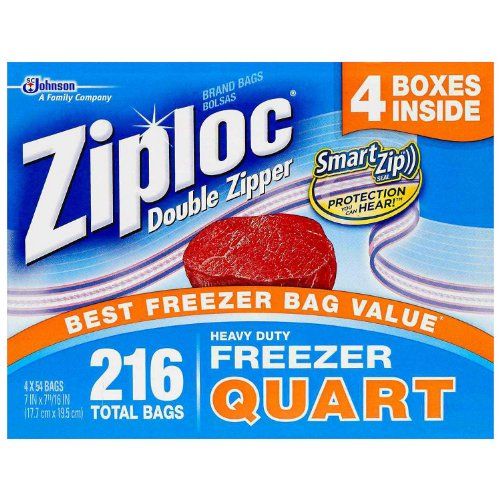
How to Freeze Baby Food Method 5
Probably the most popular way to freeze homemade baby food is to use freezer trays or jars for baby food, there are so many options to choose from!
Manufacturers, recognizing the growing trend of parents to freeze baby puree, offer special forms of baby food that make life easier, well, because there is a lid! What's more, these molds are free of potentially harmful chemicals, which is something some plastic trays for general consumption are guilty of.
Tracking the finished product
Most types of baby food - especially puree - freeze perfectly. Sometimes you will have to experiment with texture, since the freezing process itself consists in the fact that the water in the product expands when it freezes, destroying the cell walls. This is especially noticeable when the whole food is frozen, for example a frozen banana will be very soft when thawed.
To reduce the hassle of freezing baby food here are some helpful tips.
 ..
.. - Do not puree too thin before freezing. Keep in mind that many foods become watery when thawed (especially fruits and vegetables), adding extra liquid before freezing will then add too much cereal to thicken!
- Herbs and spices tend to lose their flavor in the freezer. If a baby food recipe calls for them, it is best to add them after after the food is defrosted, just before heating.
- Baked foods - like homemade nuggets or fish fingers - are best frozen when almost cooked but not fully done. This is because the structure of the food when frozen and thawed can behave negatively.
— When freezing yogurt, remember that it may be too thin when defrosted. Sometimes stirring it well is enough to solve this problem - but in some cases, the resulting yogurt is too thin to eat with a spoon, so such yogurt can be used in a smoothie!
- A good result is obtained from freezing rice and oatmeal, which is good if the morning is like a nightmare and there is no time to organize a full breakfast.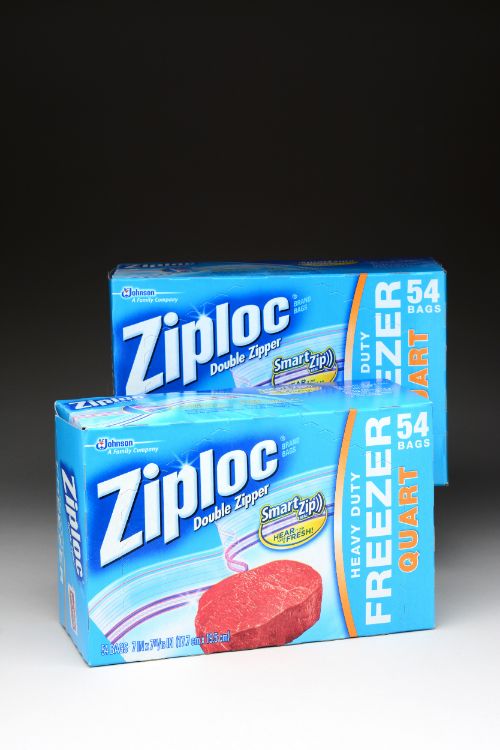 Only cereals should not be made too thin before they are frozen .
Only cereals should not be made too thin before they are frozen .
- Many fruits - especially apples and pears - can look very brown when frozen and thawed. This discoloration is a natural and harmless result of the fruit being exposed to air, but if it's a concern, mixing lemon juice and fruit puree before freezing can solve the problem. Please note that citrus fruits can cause an allergic reaction in babies, so you can use it with a changed color!
- If you want to make your own stock of vegetable or meat broth, which is convenient, you just need to prepare a large batch at a time and freeze. It's worth trying freezing in ice cube trays or baby food trays, as discussed above - then the ideal size of small portions will be in the freezer to use as needed.
- If baby food has been frostbitten, fortunately food safety is not affected - just thaw and then cut or spoon away the affected areas.
How to defrost baby food
The safest and easiest way to defrost baby food is to put it in the refrigerator overnight before feeding. Frozen baby food cubes take 8-12 hours to thaw in most refrigerators. Thawed baby food should be used within 24 hours.
Frozen baby food cubes take 8-12 hours to thaw in most refrigerators. Thawed baby food should be used within 24 hours.
Never, never re-freeze defrosted baby food as this creates a risk of food poisoning for the baby.
Proper freezing of fruits and vegetables using zip lock bags
Vickory-free zip-lock bags became popular in the rest of the world. Only the older generation is distrustful of practical and handy packages, considering that the stench “sees the chemistry” with the trivial storage of products in them. Polyethylene in its history has been rapidly evolving and in this hour packages for grub products are absolutely safe for healthy people, wound with three-fold contact in extremely low temperatures.
Frozen food is a viable business for food growers. Ready-to-drink products have long been reminiscent of the freezers of supermarkets, facilitating the life of transversal savings and water activities. Tilki, not all those gold that shine, like not all frozen products are brown. Fresh, stylized vegetables and fruits in the summer period are available for a variety and availability, so it's a good idea to stock up on them for the cold weather. And the packages with zip lock will become the best helpers in your simple way.
Fresh, stylized vegetables and fruits in the summer period are available for a variety and availability, so it's a good idea to stock up on them for the cold weather. And the packages with zip lock will become the best helpers in your simple way.
I wondered if it could be easier to freeze? Ale, є thin, yakі it is necessary to protect the process before the cob. X-axis short shift:
1) An important cooling step before freezing. Shock freezing, like zastosovuyut on the great grub enterprises in the butt minds, is not fully realized. Therefore, for home freezing, the sequence is more suitable. Weed and dried fruits, vegetables and mushrooms are cooled on the cob in the refrigerator, and only after that they are transferred to zip bags of grubs and frozen.
2) It is not possible to re-freeze and de-frost foodstuffs. The rule is to go to everything that is frozen: fruits, vegetables, meat, fish, etc. Not all microflora of the guinea at low temperatures, that when it is warm enough, it begins to actively multiply and destroy the product, which threatens to pollute.
3) A number of fruits and vegetables that do not freeze. Everything is borderline simple here, the more juice and lower the pulp of the fruit, the more folding it is to preserve its relish and consistency after defrosting. On the right, in the crystals of ice, settling in the middle of the pulp, the stench breaks the structure of the fruit, which gives the weather a good look and relish. Peaches, apricots, kavun, tomatoes, radishes and others do not succumb to low temperatures, so you can also winkow special zip lock bags.
4) Freeze food in smaller pieces. Vyhodyachi z paragraph number 2, rather than vіdrazu vіdrazu vіzhu аbo thermally process fruits and vegetables, not allowing the reproduction of bacteria.
5) You can freeze and store food products in the freezer only in packages that are suitable for this. Metal utensils, foil, papier are not suitable, you can’t take them away from a smart looking person. Prepared from yakіsnogo polyethylene, ZIP packages, the price for yakі zovsіm does not bite vіdmіnno fit for these purposes.
6) The packing material and the fastening did not burst and were not deformed, it is necessary to fill the space with fruits and vegetables less than two-thirds of the time. If crystals of ice settle in the soft fruit, they will expand and the tightness may be broken, which will bring the product to a decrease in savory taste.
You can buy zip lock packages in Ukraine for freezing and saving in the Furnіtura online store. A wide range of polythene bags and polypropylene bags of high quality in the case of superior postal workers is worthy of being appreciated as a business, as they are engaged in retail and small-piece trade, as well as confirming household gifts.
Zip lock bags wholesale and large wholesale can also be ordered in the Furnіtura online store with delivery to all regions of Ukraine in the shortest terms. For post_ynyh clients, the system of discounts and individual payment for the improvement of all vimog and favor. The catalog of packing materials includes accessories for boxes, backgammon, screens, pictures and frames.